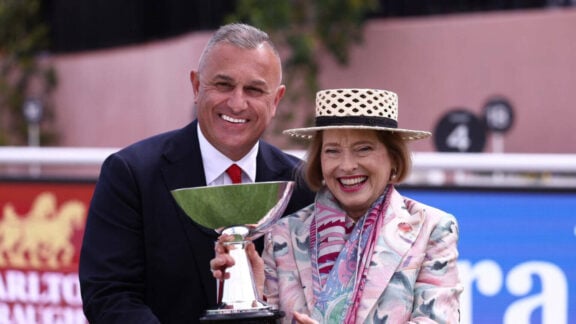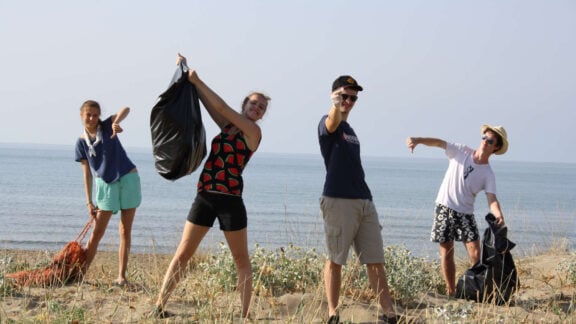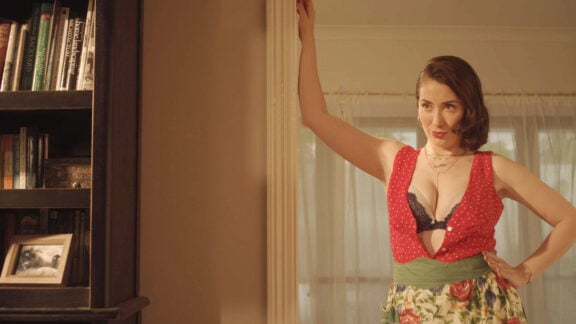If the hallmarks of market attractiveness are sustainability, market size and economic value, this broad demographic footprint has it all. And it’s growing. Of the 5.3 million Baby Boomers in Australia, 2.7 million are estimated to be women and if we add 3.8 million Gen X women, we have a consumption purse for approximately 6.6 million women with a combined average age of 61 years.
Adding cultural heritage to the mix, with 29.1 per cent of Australia’s population born overseas (7.5 million), 1.63 per cent identify as having Greek and Greek/Cypriot ancestry. Greek Australian women from the Baby Boomer generation (born 1946-1964) and Generation X (born 1965-1980) are distinct in their chronological eras, yet they share a set of diverse values. These values are shaped by their generational experiences, cultural heritage, and a cohesive framework that includes family, cultural practices, education, technology, social networking, work ethic, social roles, and emerging self-identity.
Collectively what this midlife cohort has claimed is an extension of the period of ‘middle age’. At play is greater longevity, renewed perspectives of evolving selves, perceptions of self, choosing to remain in the workforce longer, having children at a later age and improved physical health and wellbeing spending.
And in come the ‘Xoomers’
Morphing dynamic midlife women who are digitally savvy and see themselves younger than their chronological age, and who exhibit diversity not only in attitudes but on brand preferences. If this is not an open invitation for marketers to capture their interest and loyalty, I am not sure what is.
Qualitative interviews with women aged 40 to 70 years suggest they view aging as fluid. The Xoomers redefine their perceived age throughout their life course, influenced by biophysical and psychosocial changes, as well as their values and lifestyle choices.
They resist stereotypes associated with aging, strongly reject ageist labels and caricatures based on monolithic ideals of age and are reticent in claiming ownership to a specific cohort, often ‘cusping’ across generations.
And what are brands doing?
Still missing the mark by myopically depicting age -related purchase behaviours in advertising. Forbes (2022) noted women feel ‘invisible’ and ‘ignored’ and ‘misunderstood’ by marketers as they age. A common misconception is leading a marketing campaign with an age range in messaging or hints at a stereotypical age-related problem with a pre-determined solution that does not resonate. Such an approach tends to contribute to a sense of invisibility and consumer vulnerability through limited, homogenous portrayals of older women in the media. Another potential fallout is amplifying negative images of age and aging in the minds of younger people.
And what about addressing multiculturalism in advertising? Placing overt stereotypical role portrayals and/or assumed behaviours appears rather tokenistic.
What of the dancing Nonna in the Leggo ad? Does this represent authenticity in Aussie / Italian cooking as the message behind the brand implies? Would a dancing Yayia evoke a feeling of warmth and love for Greek /Australian cuisine and a feeling of cultural pride?
Faux portrayals don’t work.
A step forward for brands is to adopt inclusive advertising content that does not dictate the message/outcome but invites translation and alignment with what Xoomer’s see as relevant and important. This approach demands a shift from chronology to psychology by delving into drivers of consumption behaviour.
Brands need to take the time to listen and gain the insight needed to position their marketing communication strategy to ‘talk their talk’. Australian brands must overcome ageism.
At a more nuanced level, appealing to cultural diversity, brands should embrace cultural relevance and not perpetuate cliches/stereotypes (i.e. do all Nona’s dance in the kitchen?!) by creating connections that are meaningful to Xoomers.
Above all, what brands can do for the Xoomer ? Think innovation, relevancy and authenticity. Build trust and foster loyalty.
Foula Kopanidis is Associate Professor in Marketing at RMIT University’s School of Economics, Finance and Marketing has written extensively on the Baby Boomer and what she calls the Xoomer – those somewhere between Boomers and GenXers. Much of her research points to brands missing out on these vast markets.









